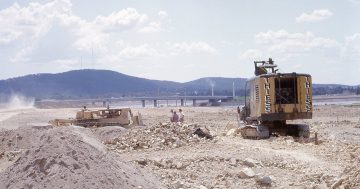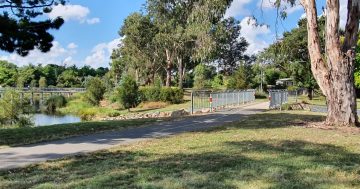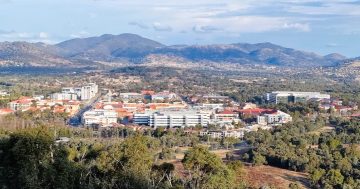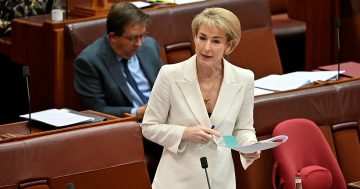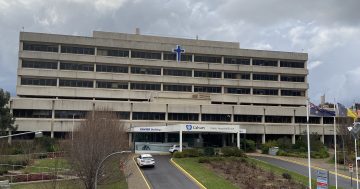
The history of Canberra can largely be described in three eras: pre-NCDC (up to 1958), NCDC (1958-1989), and self-government (1989-present).
In the early days of Canberra, the vision of Walter Burley Griffin went largely unimplemented. During these years Australia went through two World Wars, an abundance of departmental arm-wrestling, and there was a lack of enthusiasm for senior people to move to Canberra.
It wasn’t until 1958, when the National Capital Development Commission (NCDC) was established that the Griffin plan substantially came to fruition. With the construction of Lake Burley Griffin and most of our national institutions, Canberra began to resemble the city we see today. The NCDC also created the “Y-plan” which established the principle of decentralised development in Canberra with Woden-Weston Creek, Belconnen, Tuggeranong and Gungahlin.
During this time, the population of Canberra exploded from 50,000 to almost 300,000. For many people living in Canberra, the work of the NCDC defines their formative experiences.
The NCDC was essentially a dictatorship, making decisions without any democratic representation of Canberra citizens beyond “token advisory bodies”. An academic analysis of the effects of the NCDC on Canberra concluded that:
Canberra as a place came to express the expectations and agenda of Australia’s administrative elite in the nation-building era – ordered, rational, expansive and expensive.
ACT citizens got a great deal in these years, largely because no one was keeping tabs on who was spending money. Driver’s licenses cost a quarter of what they did in other states, car registration one-third the cost.
After the full cost of paying for the Territory was worked out in the late 1970s, it turned out that ACT residents received double the per-person spend of someone in Victoria, while paying less for the privilege.
In that sense it is no surprise that ACT residents voted against self-government. We had access to the perfect ‘magic pudding’ of Federal funds and were never being asked to pay up.
However, I have to admit I find it baffling and frustrating that nearly 30 years on, people are still hoping for a return to the days of the NCDC when we had no democratic representation on decision-making. The rivers of gold from the Federal Government were going away anyway. At least under self-government we have the ability to vote for people who can represent our hopes and desires for Canberra.
It’s not like the NCDC was perfect in its planning work either. In the Belconnen town centre alone, they were responsible for a three storey car park with amazing lakefront views and the infamous “bus ditch” that separated Belconnen into two halves except for a narrow red pedestrian bridge.
The increase in the size of the ACT Legislative Assembly to 25 members will improve the quality of our governance. The strangely-shaped electorate of Molonglo always undermined the concept of local representation, and the Assembly has always had significant problems with properly resourcing the parliamentary committees that are so vital to investigating issues of public importance. Having more members that are chosen (mostly) from areas corresponding to each town centre will go a long way to fixing these problems.
The NCDC is gone and isn’t coming back. As voters, the onus now falls on all of us to take responsibility for the system of government we have and make it the best we possibly can.
Kim Fischer is an ACT Labor candidate for the seat of Ginninderra in the 2016 ACT Legislative Assembly election.
Pictured is the ACT Legislative Assembly Chamber before work commences to house additional members after the 2016 election.













